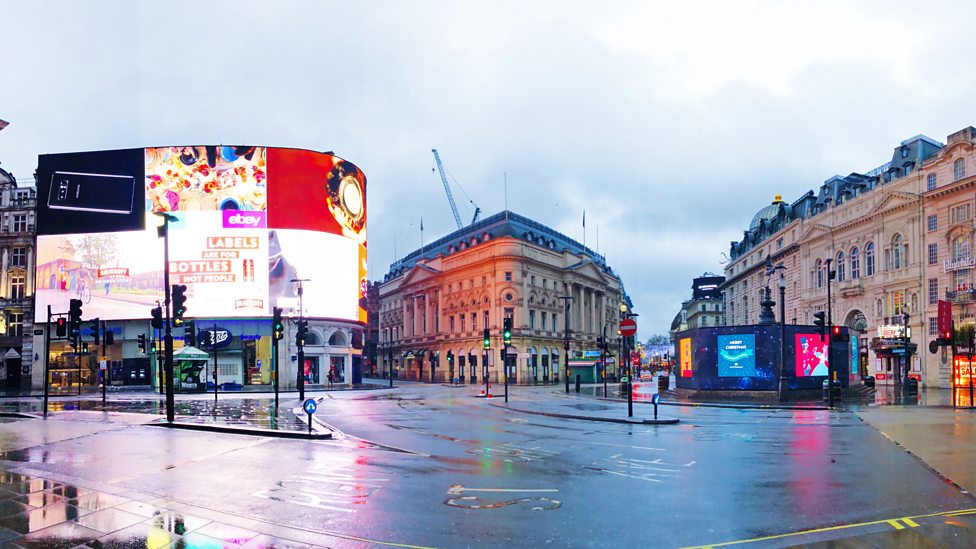When I first visited London in 2005, the way some couples travelled on the underground caught my fancy. The usual algorithm would be that the taller partner (usually the guy) would hold on to the bar on top, and the other partner (usually the girl) would stand holding him. I clearly remember seeing this enough times back then for it to be a pattern.
I returned to London in 2017 to live there, and interestingly, this way of couple travel had gone missing. I don’t know if there was a cultural shift in the way that people travelled. My best guess is that it’s due to carriage redesign – in 2005, most of my travel (and thus observation) was on the District Line, and the District Line had got a whole new (and modern) set of carriages by 2017.
Perhaps it was the design of the old carriage (which possibly had too few railings to hold on to) that encouraged this couple behaviour. And the better designed new carriage meant that this way of one partner holding on to the other wasn’t that necessary.
The other explanation I have for this is personal – in 2005 I was a much under-exposed 22 year old who would notice every single act of public display of affection. And so every time I saw a couple travel this way (or kiss on escalators at tube stations) I would notice. By 2017, I was much better exposed, and didn’t find PDA all that fascinating and so didn’t notice even though I did many many train journeys.
In any case, the reason this observation about London trains becomes pertinent now is because of the Bangalore Metro, which seems to be showing shades of London 2005 behaviour. At least on four or five occasions in the last one month I’ve seen couples travel this way on the Bangalore metro – one holds the handrail on the ceiling, and the other holds the partner.
I begin to wonder if this is a necessary step in the evolution of any city’s metro system.


